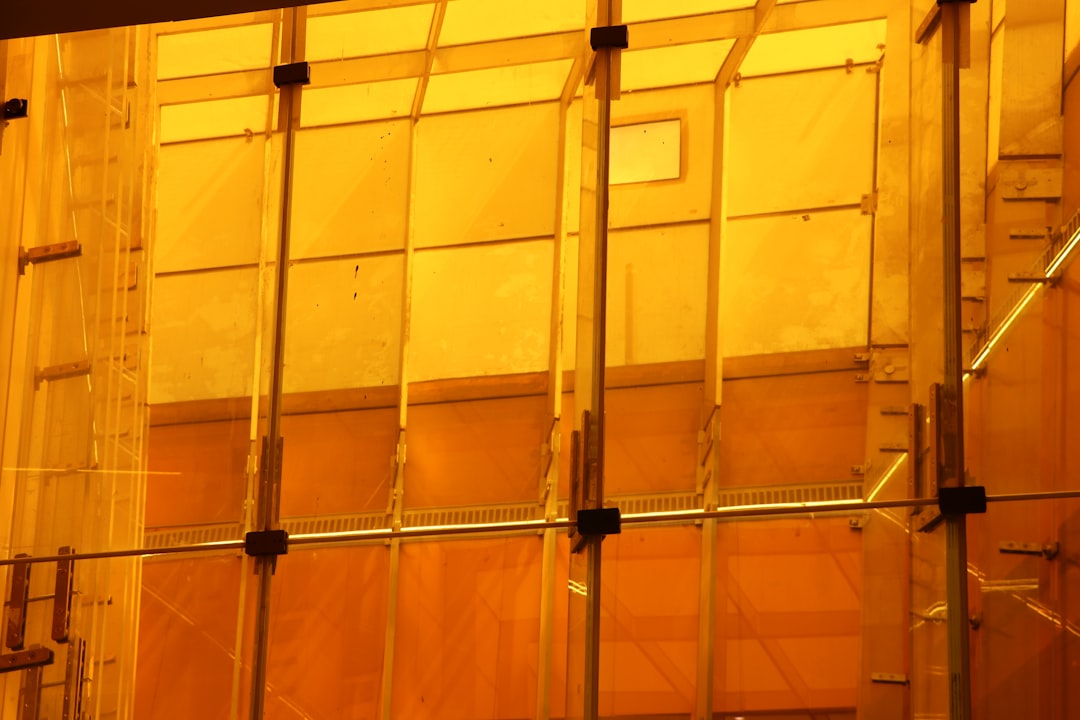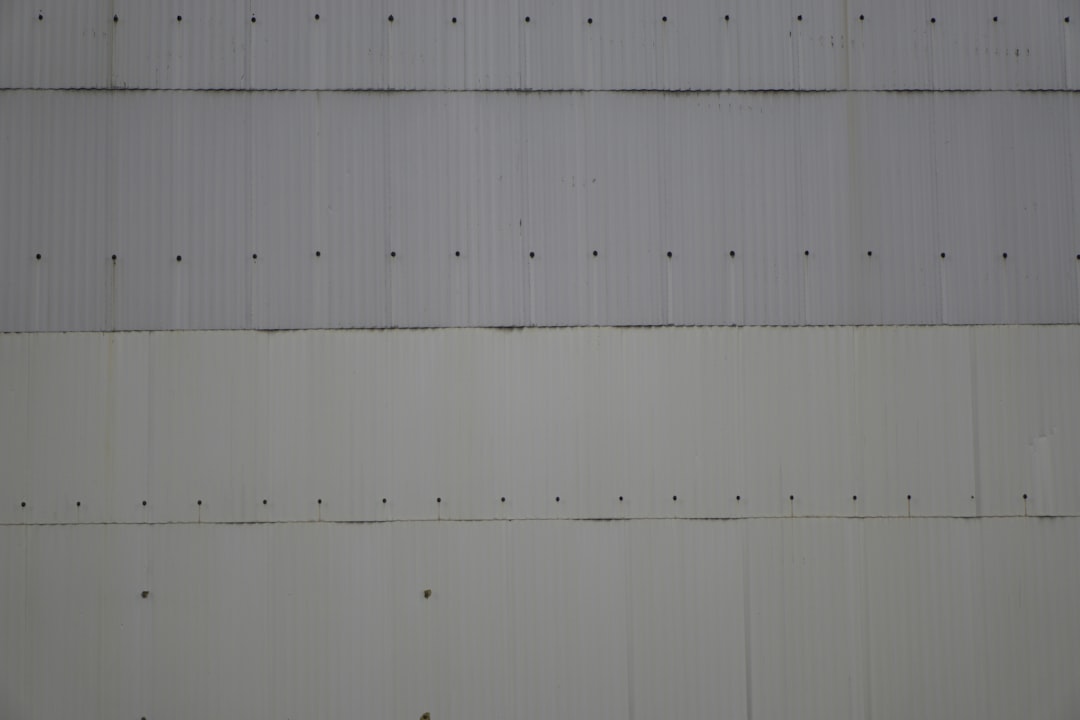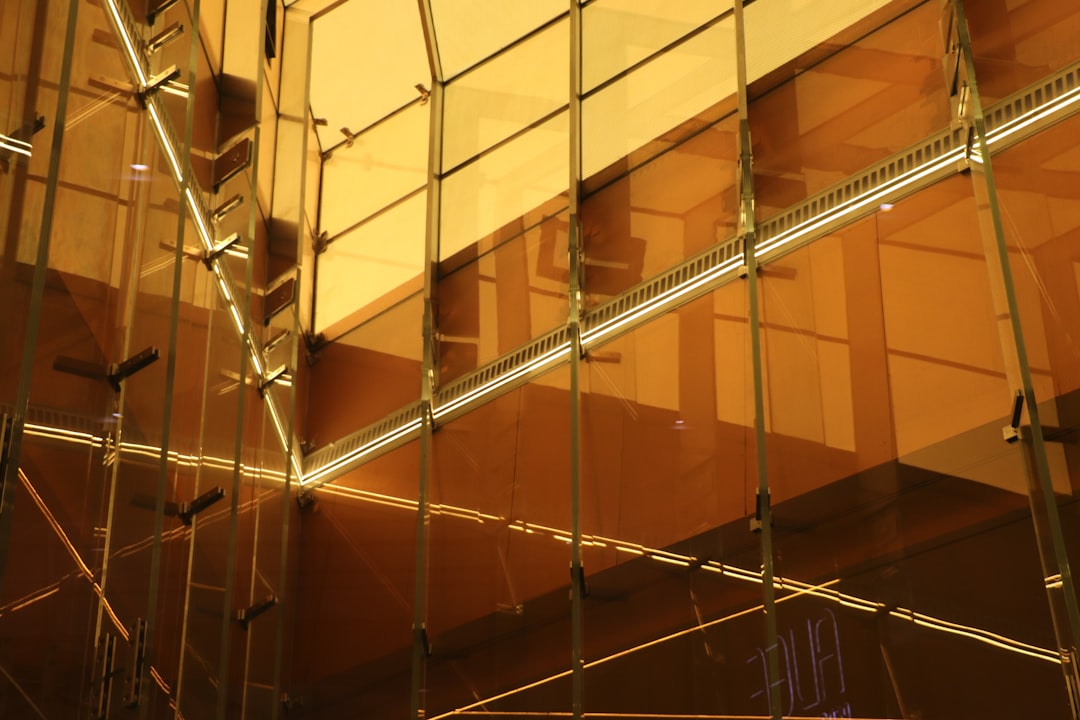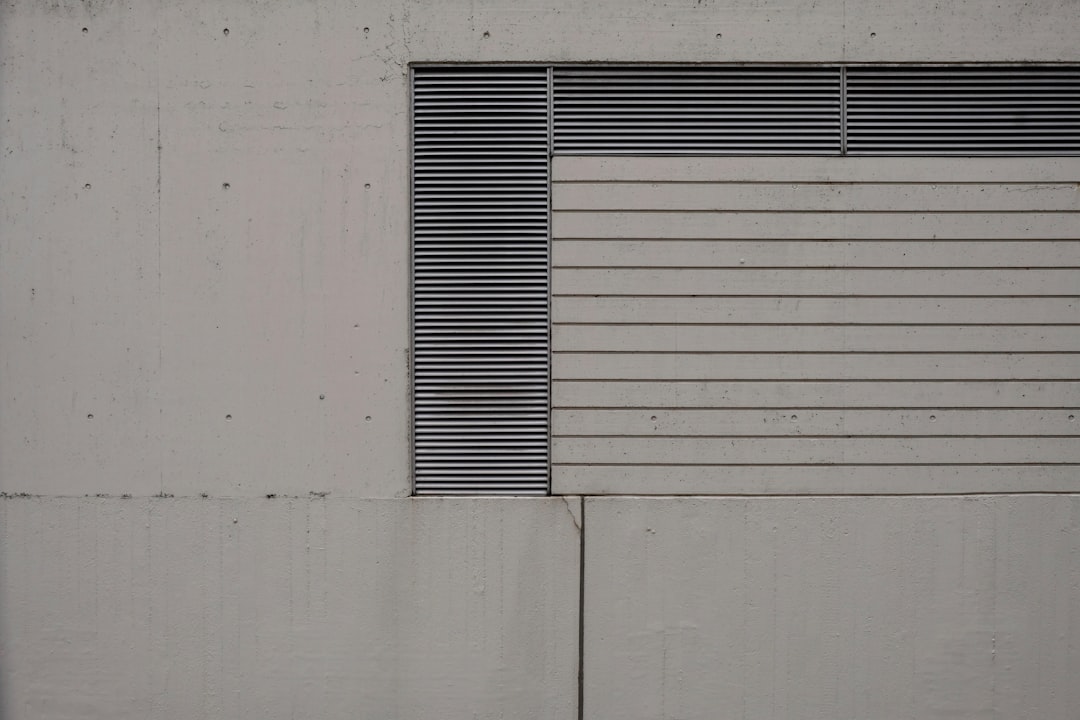

Engage prospects with a scan and streamline customer engagement with FREE QR code marketing tools by Sona – no strings attached!
Create a Free QR CodeFree consultation

No commitment

Engage prospects with a scan and streamline customer engagement with FREE QR code marketing tools by Sona – no strings attached!
Create a Free QR CodeFree consultation

No commitment
As drywall contractors navigate a competitive industry fueled by rapid digital transformation, the challenge of bridging offline engagement with actionable online outcomes takes center stage. Traditional marketing channels such as job site signage, print ads, and handwritten business cards often fail to capture or convert real-world interactions into qualified leads. Each missed connection means lost revenue and diminished brand presence in a landscape where homeowners and project managers increasingly expect seamless digital experiences.
One persistent frustration is the loss of high-value prospects who notice your brand on the jobsite or in their neighborhood but never reach out because there is no immediate, convenient way to engage. Many potential leads remain completely anonymous; without a straightforward mechanism for capturing their interest, these opportunities simply vanish. Contractors frequently struggle to attribute which marketing touchpoints truly drive revenue, making it difficult to refine campaigns or justify spends on traditional methods. Sona’s offline attribution framework explains how to connect these signals.
QR codes offer a practical, low-friction solution that transforms every physical touchpoint into a digital gateway. For drywall contractors, strategically placed QR codes can enable instant access to service bookings, reviews, portfolios, or contact forms, removing the friction of manual lookups, paper forms, or delayed callbacks. Integrating QR technology into both marketing and operations creates a direct, measurable path from the jobsite to the inbox, ensuring timely outreach, converting more high-intent inquiries, and strengthening a modern, professional reputation. This guide explores actionable strategies for implementing QR codes in drywall contractor marketing, shares best practices, and highlights new ways to capture and capitalize on valuable audience insights.

For many drywall contractors, high-value prospects are missed simply because there is no way to track or follow up with people who show interest but never fill out a contact form or make a direct call. Physical marketing assets like business cards or flyers routinely get lost, forgotten, or never prompt a response, which leaves valuable opportunities untracked in the CRM and competitors free to engage first. The result is an expensive visibility problem where impressions are high but measurable outcomes are not.
QR codes help bridge this gap by creating instant, trackable pathways from offline interest to online engagement. Every banner, decal, and brochure can direct prospects to a mobile-first destination: book a site visit, watch a project walkthrough, or submit a photo and dimensions for a fast quote. When your code is dynamic, you can update the destination without reprinting materials, turning static assets into a flexible, reusable system that keeps pace with changing offers, seasons, and service lines.
By replacing analog processes with QR-powered flows, drywall contractors create a consistent experience from the sidewalk to the sales pipeline. Booking becomes simpler, follow-up becomes faster, and attribution becomes clear enough to guide investment with confidence.

One of the toughest obstacles in drywall contracting is converting real-world brand exposure into actionable, trackable online leads. Prospects notice your van wrap, a neighbor’s renovation, or a branded permit but have no frictionless way to engage. Without a direct digital bridge, the moment passes, intent fades, and competitors get the first call. That disconnect makes it difficult to forecast demand, allocate budget, or optimize your message because the most valuable interactions remain invisible.
QR codes remove that barrier by compressing the distance between curiosity and conversion, and are a natural fit for construction. A scan can kick off exactly the right workflow at the right time: request an estimate, message your team, review services, or leave feedback. Better yet, every scan is a data point you can measure and improve. Contractors can finally prove which physical placements are working and which are not, then iterate quickly with dynamic QR destinations that update without reprinting.
For drywall contractors already investing in local presence, QR codes are the connective tissue that turns awareness into measurable demand and repeatable growth.
Choosing the right QR format ensures the action behind each scan aligns with the moment and the medium. For drywall contractors, several formats deliver outsized value because they reflect how customers research, evaluate, and book services in the field.
Web links are the workhorse for most campaigns because they route to landing pages, galleries, and forms. vCards function as a digital handshake that makes your details stick in a prospect’s phone. SMS and email templates invite quick questions or photo submissions. Wi-Fi access keeps partners and clients connected on site. App downloads are less common in this trade, but if you offer a homeowner portal or partner app, they can be useful.
Dynamic QR codes amplify these benefits. Use dynamic codes for campaigns that require frequent updates, A/B testing, or analytics. Reserve static codes for evergreen destinations like your main portfolio or a long-term review link.

Many drywall contractors face stalled growth because impressions do not turn into leads and paper-based handoffs break down. Strategic QR placement converts those everyday touchpoints into always-on funnels while giving you clear visibility into what works.
Start by mapping where your brand meets potential buyers. Jobsite signage, vehicle wraps, direct mail, and supply store appearances are already part of most marketing mixes. Layer in smart QR destinations that match the context. A passerby near a job may want a quick quote. A project manager at a trade event may want a downloadable capability statement. A homeowner receiving a door hanger may want a before-and-after gallery to build trust.
By matching destination to context, you remove guesswork for the prospect and reduce the number of clicks to conversion. Use Sona QR’s use case library to manage unique codes per placement so you can attribute outcomes precisely and scale what works.

Translating curiosity into action is the core job of a good QR strategy. These use cases map to common contractor touchpoints and deliver measurable outcomes when executed correctly.
When each use case includes a clear call to action and a mobile-friendly destination, you can expect tangible lifts in scans, form completions, and booked appointments.
Every scan is a signal. It tells you who engaged, where they were, what they were interested in, and when they were ready to act. By deploying distinct QR codes across touchpoints, drywall contractors can automatically segment audiences and fuel precise remarketing.
Start by assigning unique codes to each funnel stage. Awareness codes on vehicle wraps might lead to a service overview. Consideration codes on brochures could open gallery pages by service line such as drywall repair, soundproofing, or fire-rated assemblies. Conversion codes on estimates and invoices might drive reviews or upsells like paint finishes or patch protection plans. When these codes are dynamic and integrated with Sona QR, you can sync scan behavior to your CRM and ad platforms for timely, relevant follow-up. For retargeting tactics, see Sona’s Playbook on intent-driven retargeting.
For drywall contractors, practical audience distinctions include homeowner versus GC or property manager; residential versus commercial; repair versus remodel; and urgent damage versus planned project. With those segments in place, your messaging, offers, and follow-up cadence can match the prospect’s actual needs, not assumptions.
QR codes act as the connective tissue across offline and online channels. They make every print, in-person, and out-of-home impression measurable while reducing the friction between interest and action. When you centralize your codes on a platform such as Sona QR, you also centralize your data, which is essential for campaign optimization.
In drywall contracting, the media mix often includes yard signs, vehicle wraps, door hangers, neighborhood mailers, supply store displays, and event booths. With QR codes in place, each of these channels can route to a specific destination that suits the moment. A door hanger might go to a gallery focused on water damage repair, while a booth sign at a home show could open a giveaway that captures emails for follow-up. For building-sector inspiration, review these QR code examples.
QR codes are the offline onramp to your digital engine. With a centralized platform like Sona QR, you can manage codes, monitor performance across channels, and sync scan data with your CRM and ad accounts for continuous improvement.
A strong QR program does not happen by accident. It requires clear goals, thoughtful design, deliberate placement, and disciplined measurement. The payoff is a reliable pipeline of leads and a marketing engine you can optimize with real data instead of guesswork.
Use the following checklist to plan and launch QR code initiatives that match the realities of drywall contracting. Each step includes practical guidance that replaces outdated analog workflows and aligns codes with your core business outcomes.
Start by defining the single most important outcome for the campaign. Are you trying to increase estimate requests in a specific neighborhood, accelerate review collection, or convert trade show traffic into booked walkthroughs? Clarifying the use case upfront helps you select the right destination and message.
Your choice of static versus dynamic codes shapes how much control and insight you have after deployment. Dynamic codes allow updating the destination and tracking performance without reprints.
Good design drives scans. Poor design creates friction that kills response. Treat your QR and its call to action as a mini ad within every placement.
Place your codes where decision moments happen. Match the destination to the context so prospects do not have to think about what to do next.
Treat scans like the first step of a performance funnel. Measuring outcomes per asset, location, and time will reveal where to invest and what to change.
For drywall contractors, proving which physical touchpoints drive revenue has always been difficult. A yard sign might generate a call weeks later, a brochure might sit in a drawer, and a vehicle wrap’s value is largely anecdotal. QR codes change that equation by adding measurable actions to every surface, while platforms like Sona QR and Sona.com connect those actions to pipeline and closed-won revenue. Sona is an AI-powered marketing platform for identity resolution, intent scoring, and attribution that unifies data across your tools.
What matters is not only how many people scan, but what those scanners do next. Did they view a gallery, submit a quote request, schedule a walkthrough, or leave a review? Did the scan come from a neighborhood where you want more work or from a commercial corridor that signals GC interest? Tying scans to downstream outcomes lets you invest with precision and defend your marketing spend with data.
The result is a performance-driven approach to traditionally offline channels. You can retire what does not work, double down on what does, and continually refine your message and creative. Start creating QR codes for free at Sona QR.
Once your foundation is in place, small improvements compound. By standardizing code usage across assets and automating follow-up, you can turn more scans into scheduled site visits and 5-star reviews without adding headcount.
Start by making each physical asset unique in your tracking. The more specific your attribution, the faster you can optimize routes, placements, and budget. Pair that with automation so every scan gets a timely response. Field and office teams should also be trained to promote codes as the fastest way to connect. For broader execution ideas, explore this overview of QR code marketing.
Creative deployments also help. For example, include QR codes on warranty cards that open a service request form, or place a magnetic sign with a code on interior doors during multi-day projects so homeowners can request updates without interrupting crews.

Contractors who integrate QR codes into daily operations and marketing consistently outperform those who rely on manual handoffs. The difference comes from removing friction at the moment of interest and capturing data that supports smarter decisions.
Consider the compounding effect of simple placements. Yard signs with estimate QR codes in active neighborhoods can turn casual walk-bys into next-day appointments. Review-capture codes at job closeout reliably produce fresh testimonials, which then feed the next person’s trust-building journey. Event activations that trade valuable content for a scan build segmented lists that your team can nurture for months.
Use these examples as a springboard. The most effective QR ideas are context-aware, benefit-led, and easy to execute for both your team and your customers.
Execution details determine whether your QR strategy thrives or stalls. Scannability, message clarity, and mobile experience quality are non-negotiable. Set standards, test thoroughly, and ensure your team knows how to promote scanning as the fastest path to value.
Common pitfalls include burying codes in low-visibility areas, using light colors with poor contrast, or sending scanners to slow, desktop-only pages. Another frequent mistake is deploying a single catch-all code. Without unique codes per asset and campaign, you sacrifice the attribution insights that make QR so powerful.
With thoughtful implementation and awareness of common pitfalls, QR codes can become a robust, data-enriched asset for drywall contractor marketing and operations.
For drywall contractors eager to move beyond the limits of traditional marketing, QR codes deliver a practical pathway to capturing high-value leads, automating follow-up, and attributing real revenue to every touchpoint. Each scan transforms an anonymous or fleeting interaction into trackable, qualified engagement, whether it is a new appointment, a client review, or a strategic upsell opportunity. By embedding robust analytics and integrations into the QR deployment process, contractors gain unprecedented visibility and control, eliminating missed opportunities and enabling data-driven growth. Every project site and asset can function as an always-on lead generator, empowering drywall contractors to compete, win, and retain clients in a digital-first market. Start creating QR codes for free at Sona QR.
QR codes have transformed drywall contractors from traditional service providers into tech-savvy industry leaders driving efficiency and customer engagement. Whether it’s streamlining access to project details, enabling instant estimates, or simplifying communication, QR codes replace cumbersome processes with seamless, mobile-friendly interactions that enhance customer satisfaction and operational precision. Imagine instantly sharing up-to-date project specs or warranty information with clients, all tracked and optimized for maximum impact.
With Sona QR, drywall contractors can create dynamic, trackable QR codes in seconds, update project materials without costly reprints, and connect every scan directly to business growth. No missed communications, no lost leads—just smarter, more effective ways to win and retain customers in a competitive market.
Start for free with Sona QR today and transform every scan into a stronger client relationship, a faster sale, or a flawless project completion.
Professional drywall contractors provide expertise in installation, repairs, and finishing, ensuring high-quality results, efficient project completion, and increased trust through proven portfolios and reviews.
Choose a drywall contractor by evaluating their digital presence, verified reviews, portfolio access via QR codes, responsiveness to inquiries, and ability to provide timely estimates and professional follow-up.
Drywall contractors typically offer installation, repair, soundproofing, fire-rated assemblies, finishing, insurance claim support, and partnership services for builders and property managers.
Costs vary by project scope, but QR code-enabled estimate requests allow contractors to provide instant, accurate pricing based on photos and dimensions submitted by prospects.
Ensure quality by reviewing portfolios and testimonials accessible via QR codes on jobsite signage, verifying contractor credentials, and choosing those who use digital tools for transparent communication and follow-up.
Drywall contractors can use strategically placed dynamic QR codes on jobsite signage, vehicles, and print materials to provide instant access to booking forms, estimates, and portfolios, converting offline interest into trackable online leads.
Useful QR codes include web links to landing pages, vCards for contact saving, custom forms for quotes, SMS or email templates for quick messaging, review portals, and Wi-Fi access codes for jobsite collaboration.
QR codes provide actionable analytics by tracking scan time, location, device, and source asset, enabling contractors to attribute leads to specific campaigns, optimize placements, and measure ROI accurately.
Place QR codes on jobsite signage, vehicle wraps, direct mail, business cards, supply store displays, and trade show booths to capture prospects at relevant decision moments and contexts.
Key steps include defining the campaign use case, choosing dynamic or static QR codes, designing for visibility and clarity, deploying in high-impact locations, and tracking scans to optimize performance.
By automating follow-up messages triggered by QR code scans, contractors can send appointment confirmations, prep checklists, and review requests, reducing manual tasks and increasing lead conversion.
Avoid placing codes in low-visibility areas, using poor contrast colors, linking to slow or desktop-only pages, and deploying single catch-all codes that limit attribution and optimization.
Integration allows syncing scan data with CRMs like HubSpot or Salesforce and ad platforms, enabling intent-driven retargeting, timely nurture sequences, and prioritized sales follow-up.
By placing QR codes on completion checklists or warranty cards linking to review portals, contractors can increase review volume and recency, boosting local SEO and trust.
Yes, posting QR codes at job fairs and supply stores linking to trade application forms creates a steady pipeline of vetted subs and employees without manual paperwork.
Use Sona QR's trackable codes to improve customer acquisition and engagement today.
Create Your FREE Trackable QR Code in SecondsJoin results-focused teams combining Sona Platform automation with advanced Google Ads strategies to scale lead generation

Connect your existing CRM

Free Account Enrichment

No setup fees
No commitment required

Free consultation

Get a custom Google Ads roadmap for your business






Launch campaigns that generate qualified leads in 30 days or less.
